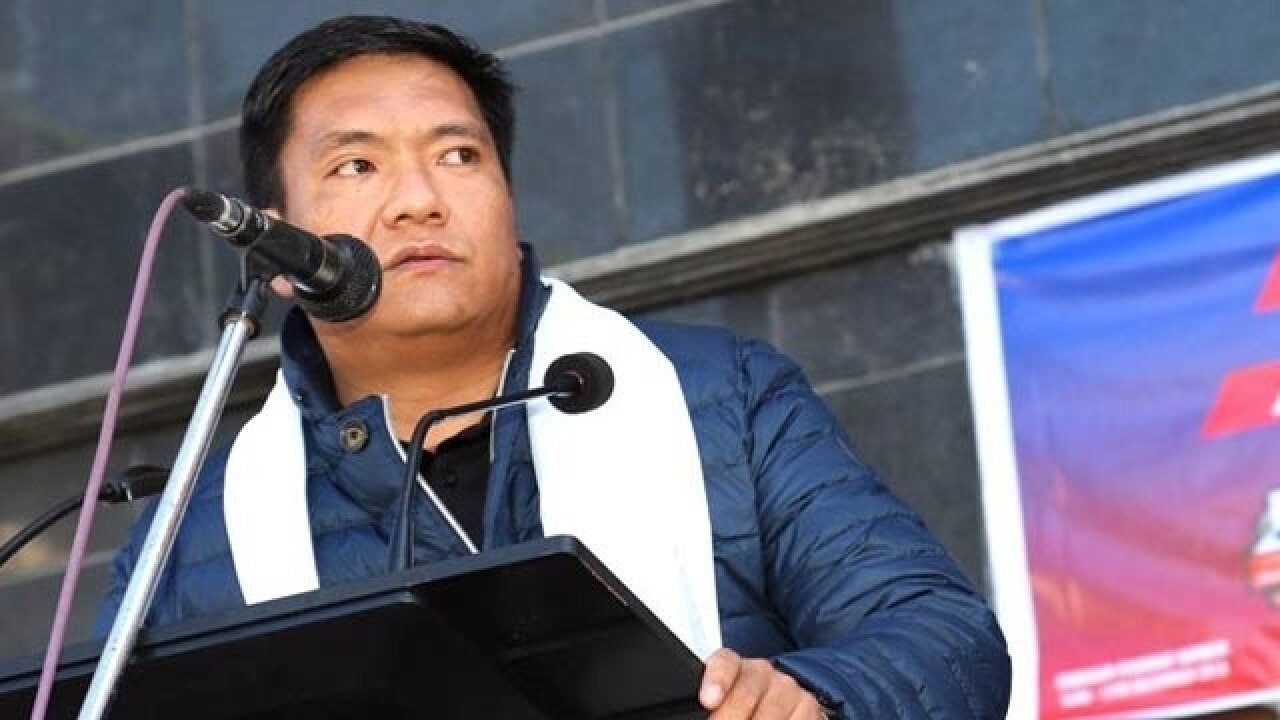
Arunachal Pradesh Chief Minister Pema Khandu’s demand that there ought to be a different time zone is welcome. Khandu, who became a member of the BJP last year and is also the youngest Chief Minister in the country, makes a valid point when he says that a separate time zone for the Northeast will result in higher productivity and reduce electricity expenditure in the region. On the day of summer solstice — the longest day of the year — India records 14 hours of sunlight. It is on this day that sunrise happens at 4 AM and sunset at 6 PM in Kohima.
Meanwhile, in Mumbai, the day starts at 6 AM and the sun sets at around 8 PM. Seen from this context, the grouse raised by Khandu makes immense sense. A lot of productive hours in these states are wasted as office timing seem to be uniform across the country, irrespective of the local solar time. This means that a number of offices open by 10 in the morning, almost six hours after the sun has risen in Northeastern states. The cumulative loss of productive hours is prodigious. Even in the past, other politicians, academics, and activists have argued that the Centre is forcing the people of these states to follow a timeline that was ill-suited to them.
Before Khandu, former Assam Chief Minister Tarun Gogoi had also spoken on this contentious issue and had decided to switch to Bagaan time, or tea time, a reference to an informal practice followed in Assam’s tea gardens, which is an hour ahead of the Indian Standard Time (IST). In fact, mentions of this issue go as far back as the Constitutional Assembly debates. In December 1948, Dr Babasaheb Ambedkar responded to an amendment moved by one Naziruddin Ahmad by asking him as to which system of time he was proposing: the Greenwich time, the Standard time (IST), Bombay time, or Calcutta time?
The reference to Bombay time and Calcutta time show that India did, in fact, have different time zones. IST had been forced upon India in 1905 but Bombay traders had a tough time taking to it. The Bombay time standard was in vogue till 1955. In 2006, even the erstwhile Planning Commission took up cudgels on behalf of the NE states and had argued for the institution of two different time zones. What’s more, India is one of the few geographically wide countries that actually follow a common time standard for the entire country. Russia, on the other hand, has 11 different time zone while the US has five. It is evident that India is compromising on work-efficiency and energy savings for the sake of mindless uniformity.